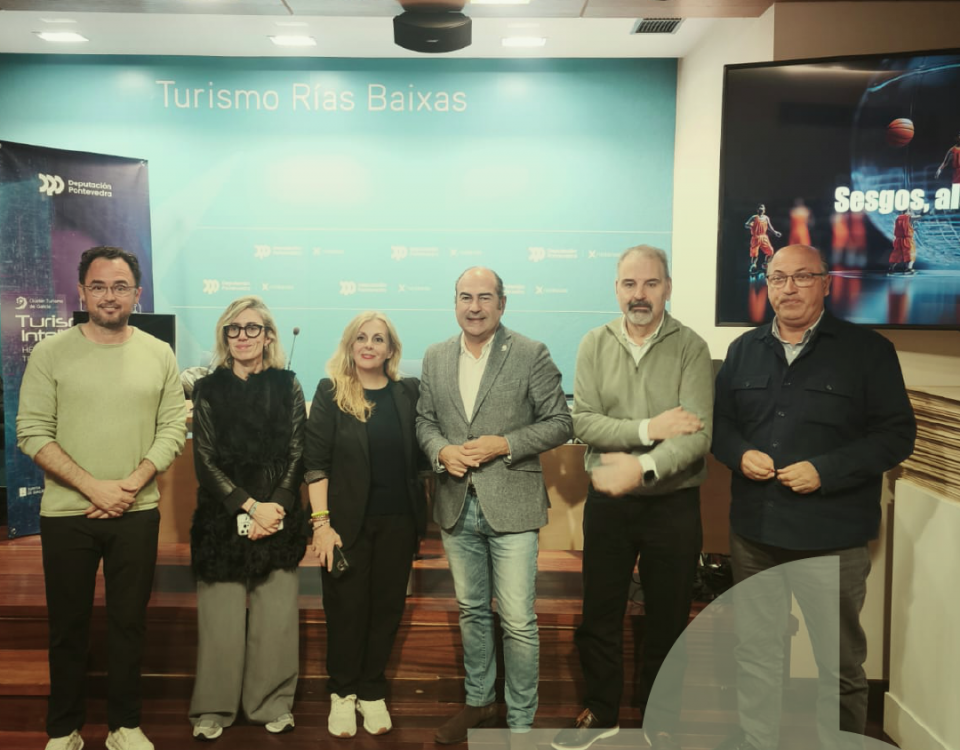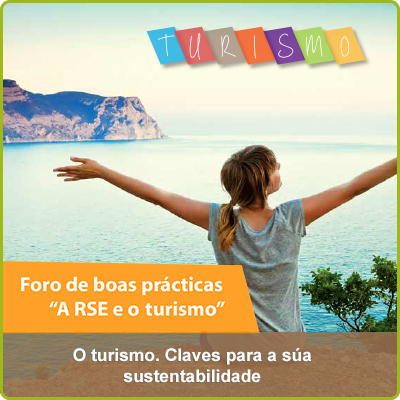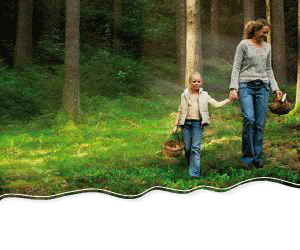- El mejor turismo de galicia
Sustainable tourism growth on Cortegada Island: 66% more since 2021
Sustainable tourism growth on Cortegada Island: 66% more since 2021
- It is estimated that the archipelago receives an average of 2,000 visitors in the high season.
Sustainable tourism has found a prosperous refuge on Cortegada Island. Known for housing the largest laurel forest in Europe, Cortegada Island has established itself as a preferred destination for tourists looking for a sustainable and environmentally friendly experience.
This destination, located in Vilagarcía de Arousa, has seen a 66% increase in visitor influx since 2021. In 2023, nearly 10,000 people visited the island, compared to just over 5,700 who did so in 2021. In 2022, the figure increased to just over 7,600 visitors, showing constant growth in interest in this natural destination. Looking ahead to the 2024 summer season, it is expected that, in the months of July and August, Cortegada Island will attract an average of 2,000 people each month, consolidating itself as a reference point for sustainable tourism in Galicia.
Cortegada Island not only stands out for its impressive laurel forest, but also for its rich history and culture. Life on the island dates back to the 1st century, making it a place full of historical stories. Among its main attractions are the chapel of the Virxe dos Milagres de Cortegada, the remains of an old town and a hospital, all of them testimonies of the human presence on the island over the centuries.
The notable growth of sustainable tourism in Cortegada reflects a positive change in the appreciation and conservation of natural spaces. With its combination of nature, history and culture, the island is positioned as an essential destination for those looking for a 100% Galician and environmentally friendly experience.
Conservation and sustainability
Cortegada is part of the Atlantic Islands Maritime-Terrestrial National Park, which celebrated its 22nd anniversary on July 1. This protected area covers an area of 191 hectares, of which around 150 are marine and around 44 are terrestrial.
Initiatives to promote sustainable tourism on the island have had a positive impact on the biodiversity of the area. The expansion of native vegetation and the improvement of microhabitats have been key to strengthening the local ecosystem. The removal of more than 800 tons of eucalyptus trees by the Xunta de Galicia, a process that is about to be completed, will allow the natural environment to be restored through the planting of native species.









